While much of the international attention has been focused on growing tensions between North Korea and the United States over Pyongyang’s nuclear and ballistic missile programs, Russia conducted two successful test-launches of its new nuclear-armed intercontinental ballistic missiles over the last two weeks.
On Sept. 12 the Strategic Missile Force test-launched a silo-based Yars RS-24 missile with multiple warheads from it launching site in Plesetsk, in northern Russia.
Then on Wednesday, they followed up with a second test-launch of the same missile but from a mobile platform.
Both missiles flew nearly 6,000 kilometres across Russia’s vast northern expanses and hit their intended targets in Kamchatka with dummy warheads, the Russian Defence Ministry announced.
Successful modernization
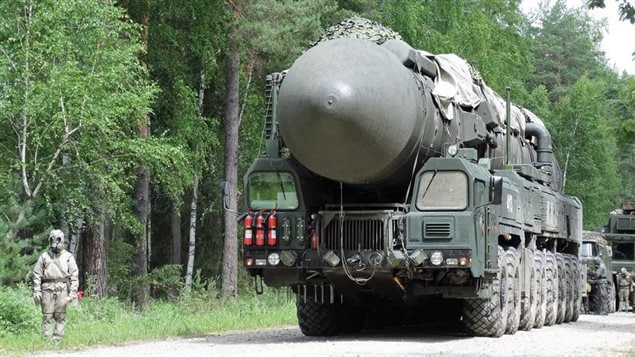
The tests showcased Moscow’s successful modernization of its nuclear deterrent and were a subtle signal to the United States, said Rob Huebert, an associate professor in the Department of Political Science at the University of Calgary and a senior research fellow with the Centre for Military and Strategic Studies.
“On one level the Russians have been very active in modernizing their nuclear deterrent,” Huebert said. “They basically committed to modernizing their nuclear capabilities back in 2007 and they told us as much.”
(click to listen to the interview with Rob Huebert)
ListenTherefore, the recent tests are simply a continuation of their 2007 modernization program, Huebert said.
“This is, of course, the core element of Russian security policy,” Huebert said. “Nuclear deterrence for all the nuclear powers remains the final deterrent and we shouldn’t be surprised when we see the Russians doing it.”
Message to the West?
At the same time, the Kremlin is flexing its muscles at a time of heightened tensions between the U.S. and North Korea, he said.
“Now, you can’t turn around and do a nuclear test just because you heard Donald Trump at the General Assembly of the United Nations get up and give a speech about destroying North Korea,” Huebert said. “But given the fact that the tensions are increasing, this is also a very subtle signalling to the Americans, of course, of their remaining capabilities, for the Americans, of course, to keep that at the back of their mind.”
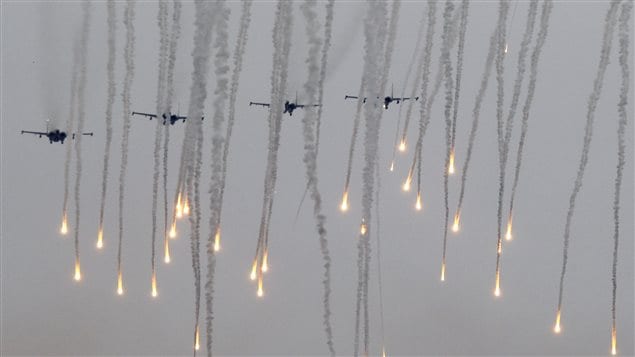
Michael Byers, Canada Research Chair in Global Politics and International Law at the University of British Columbia, said it’s possible that the launch of the Yars ballistic missiles is also linked to the large-scale Zapad 2017 exercise by Russian and Belorussian forces in Belarus and in western Russia, which is based on a scenario involving armed conflict between Russia and Western countries.
“Obviously if such a conflict were real and if it escalated, that could lead to the use of nuclear missiles,” Byers said, adding, however, that he doesn’t consider such a catastrophic scenario likely.
(click to listen to the interview with Michael Byers)
ListenArctic-based nuclear deterrent
The launch from Plesetsk, Russia’s main testing facility for intercontinental ballistic missiles (ICBMs) located about 800 kilometres north of Moscow, also underlines the importance of the vast Russian Arctic to Moscow’s nuclear deterrence, Byers said.
“Most of its land-based ICBMs are based in the Arctic and most of its submarine-based ICBMs are on vessels that are based on the Kola Peninsula and near Murmansk, which is also in the Arctic,” Byers said.
The test launches of Yars ICBMs also come as Russia’s Northern Fleet is conducting large-scale exercises in the Barents Sea, involving more than 20 warships and 5,000 personnel. The Russian navy practiced firing live artillery and short-range cruise missiles, including from its refurbished Arctic base on Kotelny Island, located between Laptev Sea and East Siberian Sea.
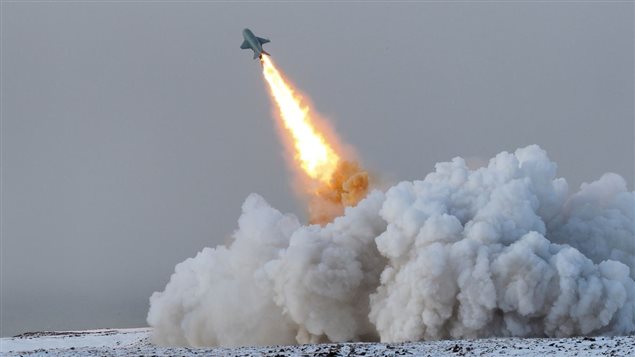
While there is no mistaking that Russia was sending a strong signal to the West with its Zapad 2017, Byers said he is not sure the same can be said about the ongoing exercises in the Arctic.
“The Arctic is hardly the optimal place for armed conflict,” Byers said. “It’s extremely remote, weather conditions are often very dangerous and both Russia and NATO have not seen any real possibility of conflict in that region.”
One also has to remember that militaries around the world prepare for every imaginable scenario, Byers said.
“They devise different hypothetical situations, they prepare plans and they engage in exercises,” Byers said. “When you have a really big exercise like Zapad, it does have a political intention behind it, but the smaller exercises and tests are pretty much the normal course of things.”
Russian concerns over anti-ballistic missile defence
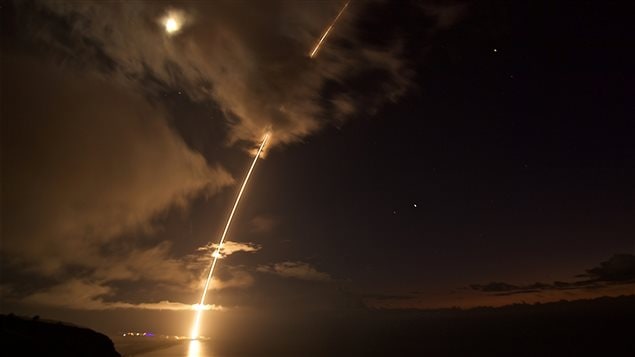
Huebert said the Russian government has grown increasingly concerned – and has communicated that concern clearly in official documents – about the potential of the U.S. anti-ballistic missile program to upset the delicate nuclear balance between Russia and the U.S. by eroding the power of Russian nuclear deterrence.
“The Russians are very sensitive, they accept the American statements when they’re saying that they’re doing it about North Korea,” Huebert said. “But they say that the technology that you’re developing ultimately can be magnified and improved upon, and they will respond to any possibility that it will neutralise the Russian deterrent.”
The crisis with North Korea and Russia’s need to have a credible nuclear deterrent has created a very problematic dynamic, he said.
“You can understand American desires to improve a system that can defend against North Korean missile launches, you can understand the American concerns, you can understand why the Japanese and the South Koreans want to involve themselves with that, you understand on the other side, the European side, why of course the NATO allies are accepting of the American ABM system,” Huebert said.
Challenging the core of nuclear deterrence
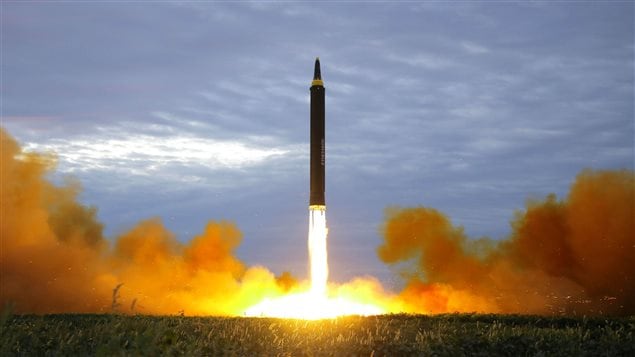
The problem is that it unleashes a dynamic that fundamentally challenges the core of nuclear deterrence, which has been fundamental to international security at the Great Power level since 1949, when the Soviet Union also got a nuclear capability and then in the late 1950s early 1960s developed its ICBM capability, Huebert said.
While the idea of a system where the superpowers commit mutual suicide might sound problematic to some, that certitude of mutually assured destruction has also played a moderating role on their behavior, ensuring that no one took steps that could degenerate into a full-blown war, Huebert said.
“If you start believing that you have the ability to stop the nuclear missiles of your opponent, does that then encourage, perhaps, more aggressive action on whoever has that belief?” Huebert said. “And subsequently does it also increase an increased willingness of the side that is about to lose that defensive capability to strike while they think they can still strike.”
Rational behaviour
Byers said he remains optimistic there will be no full-scale armed conflict between Russia and the West.
“And in terms of China, we see an awful lot of restraint also,” Byers said. “And even Mr. Trump despite his bluster, hasn’t actually done anything particularly dangerous, at least not yet.”
And while North Korea has always used excessive rhetoric and they are developing a nuclear and ICBM capability, it’s not clear that they are planning any pre-emptive attack, he said.
“First and foremost, I suspect they are seeking to develop a nuclear deterrent to protect themselves against potential opponents like the United States,” Byers said. “That would be rational behaviour, and as long as people are acting rationally, the world can stay a relatively safe place.”
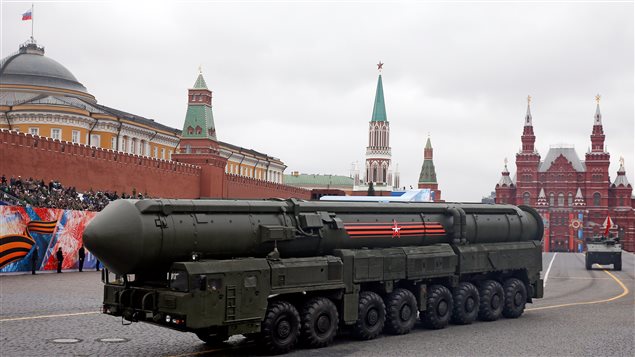






For reasons beyond our control, and for an undetermined period of time, our comment section is now closed. However, our social networks remain open to your contributions.